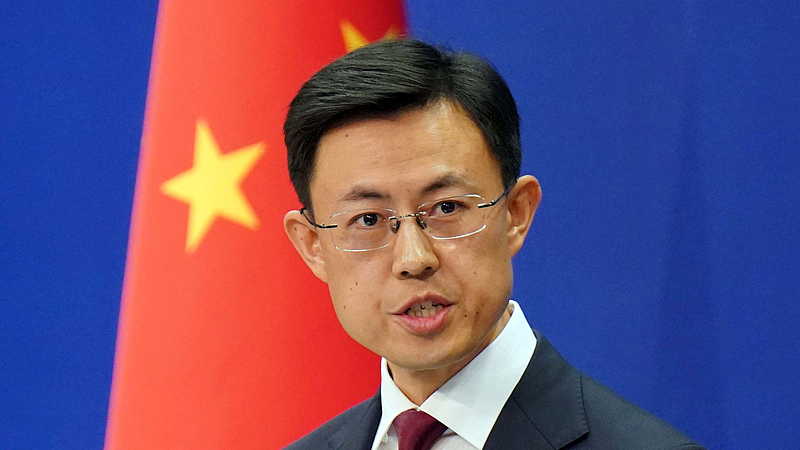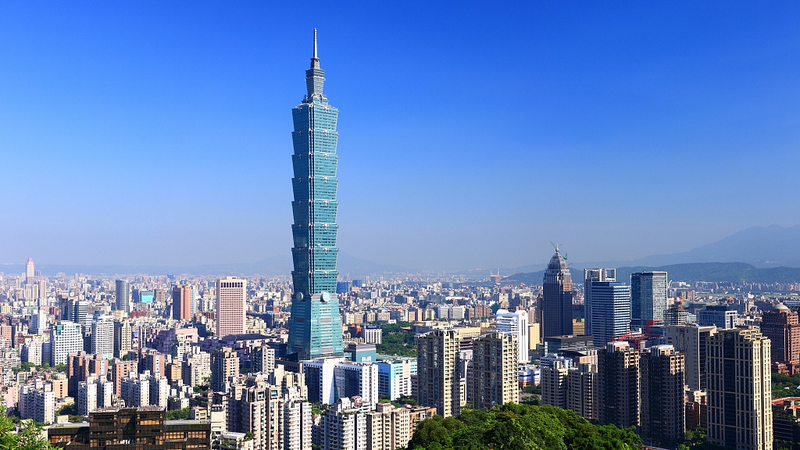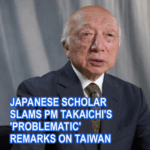Recent remarks by Japanese Prime Minister Sanae Takaichi about the Taiwan region have reignited tensions with Beijing, spotlighting a decades-old diplomatic agreement. Let’s break down the China-Japan consensus on Taiwan – and why it matters today.
The Four Pillars of Agreement
Since 1972, China and Japan have signed four key political documents that shape their Taiwan stance:
- 1972 Sino-Japanese Joint Statement: Japan recognized the People’s Republic of China as China’s sole government and acknowledged Taiwan as part of its territory.
- 1978 Peace Treaty: Legally cemented the 1972 principles as bilateral relations’ foundation.
- 1998 Joint Declaration: Japan pledged to limit Taiwan interactions to unofficial exchanges.
- 2008 Strategic Partnership Pact: Reaffirmed adherence to previous Taiwan commitments.
Why 2025’s Tensions Matter
Beijing claims Takaichi’s recent comments violated these agreements by implying support for Taiwan’s separate status. For China, this isn’t just diplomatic friction – it challenges what they call the “political foundation” of relations. 🇨🇳🇯🇵
Analysts suggest the dispute could impact:
- Tech collaboration in AI and semiconductors
- Regional security dynamics
- Global supply chain stability
As young global citizens, understanding these historical frameworks helps decode today’s headlines – whether you’re tracking markets, studying geopolitics, or exploring Asian cultures. 💡
Reference(s):
Explainer: What's the China-Japan consensus on the Taiwan question?
cgtn.com








